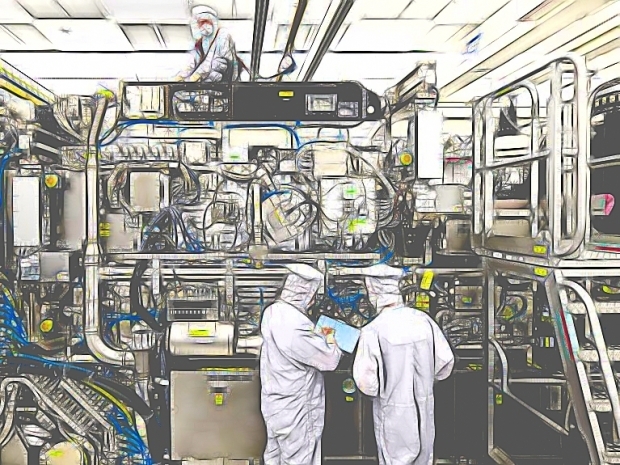According to Korean leaker Yeux1122’s Blog on Naver, TSMC has told Apple and other major clients to brace for eight to 10 per cent price increases on all sub-5nm fabrication nodes from 2026. The culprit is TSMC’s eye-watering $48.5 billion investment in its next-generation 2nm node, which is reportedly bleeding cash thanks to lower yields and sky-high capital expenditure.
That means Apple’s entire lineup of chips, the A16, A17, A18, A19, A20, M3, M4 and M5, will feel the pinch. Every shiny new iPhone, MacBook and iPad the company pushes out will cost more to make, whether it admits it or not.
Earlier reports from China Times claimed that TSMC’s 2nm node would be “considerably more expensive” than the current 3nm process, with each 2nm chip costing about $280 (€262). For comparison, the A18 chip in this year’s iPhone 16 allegedly costs only $45 (€42) per unit, while the total bill of materials for the $799 iPhone 16 sits at roughly $416 (€390).
If those figures hold, the A20 chip expected in the iPhone 18 could become the most expensive processor ever shoved into a smartphone. It makes you wonder how many kidneys Apple fans will have to sell next time around.
But it’s not just Apple getting squeezed. Memory shortages, driven by the global AI boom, are adding fuel to the fire. Most of the world’s DRAM capacity is being funnelled into HBM (high-bandwidth memory) for AI accelerators, leaving mobile DRAM like LPDDR5x in short supply.
Goldman Sachs recently reported that the cost of an 8GB + 256GB LPDDR4X + UFS 2.2 memory package for a mid-range smartphone like the Redmi Note 14 has jumped to $49 (€46), accounting for 16 per cent of the retail price, up from 10 per cent a year ago.
Meanwhile, Samsung’s supply chain data shows mobile SoCs are up 12 per cent year-on-year, camera modules are eight per cent pricier, and LPDDR5 memory costs have surged 16 per cent since last year.
Apple is about to discover that even it cannot outspend physics. As TSMC tightens its grip on advanced chipmaking, Job’s Mob may have no choice but to pass those costs onto customers. So when the iPhone 18 finally drops, don’t be shocked if it costs more than your first car (well, not mine, that only cost me $200).




